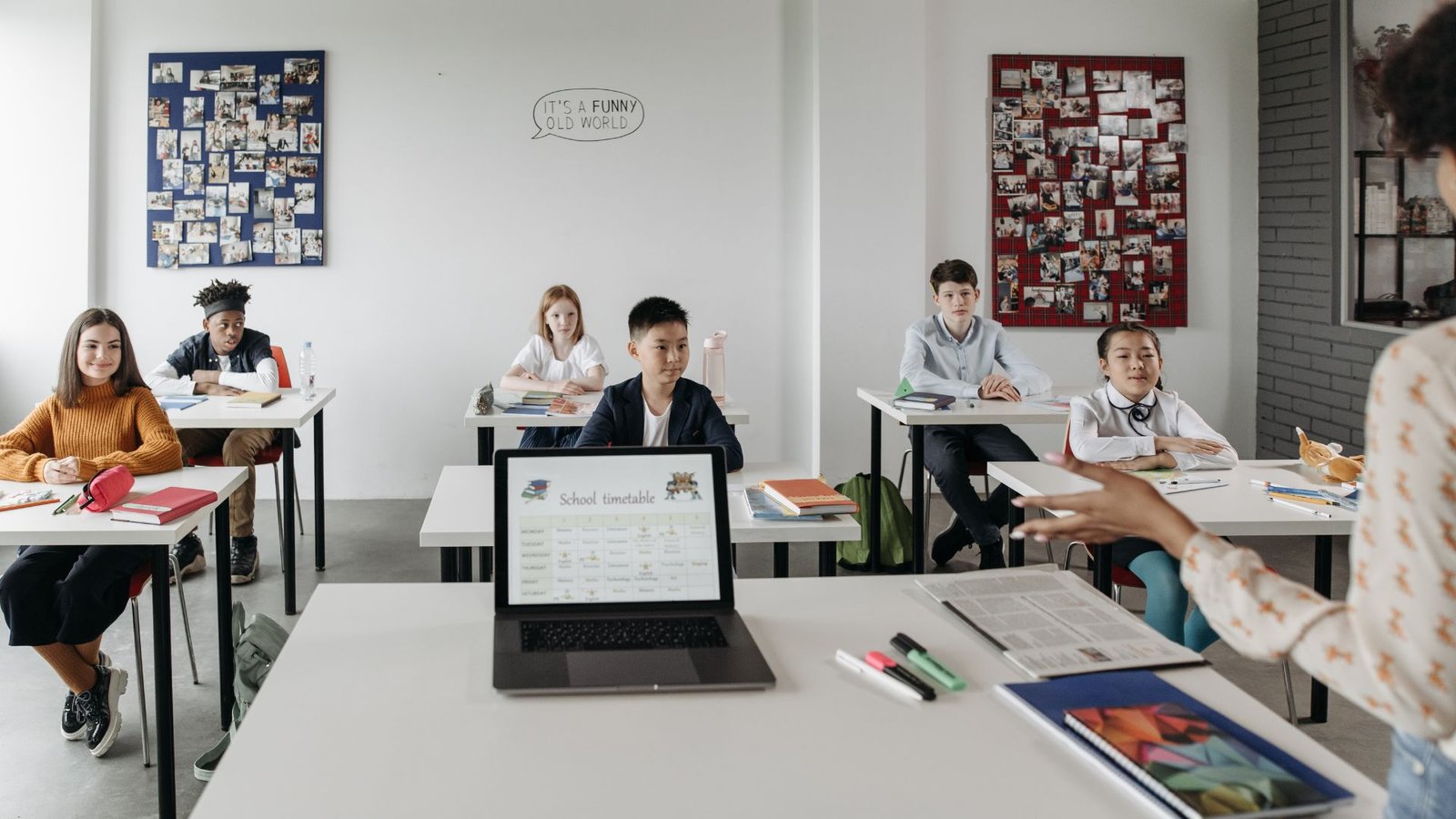
How Online Classrooms Are Revolutionizing Sustainability Education
How Online Classrooms Are Altering Sustainability Education
Imagine this: a course in which students from Mumbai, Nairobi, and New York simultaneously collaborate with each other to discuss challenges of international sustainability. No tiring flights, no polluting transportation—simply mutual virtual space divided between them with the exchange of ideas going very fluidly. This isn't the future; it's already here.
Online learning is tearing down barriers, opening up sustainability education like never before. But it's not only about ease—it's about building a global community of changemakers. Let's take a look at how virtual classrooms are transforming the future of sustainability education and why this change is important.
Breaking Down Borders: Education Without Limits
For decades, college was a geographically bound privilege of budget and infrastructure. But virtual classrooms are shattering that.
Take India, for example—where the world's most populous number of young people lives. With over 40% of its population under the age of 25, traditional universities can't keep up. Distance learning fills the gap, enabling students based in far-flung rural villages to have access to the same quality of education as city-based students.
Debra Rowe, president of the US Partnership for Education for Sustainable Development, has witnessed this first-hand. "Students learn so much from one another online," she says. "The diversity ignites creativity—they bring other ways of seeing, challenge assumptions, and identify solutions that would not be achieved in a homogenous classroom."
The Power of Global Collaboration
One of the greatest strengths of online learning? Different voices in one room.
When students from different economies and cultures discuss sustainability, they see issues—and solutions—differently. One student in Lagos might solve water shortages differently than one in London. A farm child from rural India might have sustainable agriculture ideas a tech student at Silicon Valley never considered.
This type of collaboration doesn't only make learning richer—it fights bad stories. "Some think resources are limited and 'the other' is a threat," says Rowe. "But actually, we have enough for all of us if we manage them well." Virtual classrooms show that cooperation, not competition, is the path to a sustainable future.
More Than Just Lectures: The Rise of Interactive Learning
Online learning is not about substituting professors with pre-recorded video. The ideal virtual classrooms are dynamic, interactive environments where students interact, discuss, and solve problems together.
Rowe contends that teachers shouldn't be the "sage on the stage" but instead guides on the side, assisting students in relating lessons to everyday challenges. "Transformational learning occurs when students realize how they can use knowledge in their lives and communities," she says.
Features such as AI-based quizzes, virtual labs, and live case studies engage students. Professors at Kerala University of Digital Sciences use tools such as Quizizz to surprise students with questions during class—transforming passive learning into an active challenge.
But… Can Online Learning Replace the Lab?
Not completely. Duncan Ross of the UN's Higher Education Sustainability Initiative (HESI) acknowledges that certain experiences cannot be digitized.
"You can't learn microbiology with clean hands," he teases. Physical labs, field research, and face-to-face community projects (such as those at India's Amrita University, where students conduct projects in rural "living labs") cannot be replicated.
The secret? Balance. Hybrid models—combining online theory with experiential practice—optimize both.
Sustainability Beyond the Screen: Reducing Carbon Footprints
Online learning isn't only teaching sustainability—it's living it.
Fewer students jetting around the globe for degrees.
Fewer requirements for large campuses and energy-intensive infrastructure.
Electronic resources in place of paper-intensive textbooks.
The University of Hyderabad even emphasizes how distance learning minimizes the carbon footprint of higher education by reducing physical classrooms and commutes.
But Manisha Priyam, a professor at India's National University for Education Planning and Administration, cautions against too narrow a focus. "Sustainability isn't simply energy-efficient buildings," she says. "It's about education as a community resource—reaching rural communities, empowering marginalized communities, and connecting universities to real-world challenges."
The Future: Open Learning & Global Classrooms
Some institutions are going even further.
The UK’s Open University offers free courses on its OpenLearn platform, reaching students in 180 countries.
Their OpenSTEM Labs let students run experiments remotely—24/7, from anywhere in the world.
Warwick Business School uses SmartStage XR technology for immersive virtual classes, reducing travel while keeping engagement high.
Simultaneously, initiatives such as COIL (Collaborative Online International Learning) bring students together across borders to collaborate on climate change, resource management, and biomimicry projects. A recent Mexico-Colombia exchange demonstrated how students honed cross-cultural problem-solving skills by addressing actual sustainability issues.
The Big Challenge: Educating Educators for the Digital Age
There's only one hitch: Not all professors are teaching enthusiasts of online instruction.
"Many professors despise it," concedes Rowe. Colleges tend to view online training as voluntary—when it must be required.
Her fix?
Ask professors to take online teaching workshops.
Make sustainability a part of every course—not environmental science alone.
Invite real-world projects in which students work on local sustainability challenges.
"We need to look beyond doom-and-gloom presentations," she adds. "Students crave hope. They want to know how they can make a difference."
A More Networked, Sustainable World
Online learning isn't a pandemic-era temporary measure—it's a force for global sustainability. By tearing down walls, encouraging collaboration, and minimizing carbon emissions, virtual classrooms are creating the next generation of leaders.
Technology alone, however, is not enough. The magic occurs when teachers, students, and communities unite—online and offline—to create a more sustainable world.
The question isn't whether online learning is here to stay. It's how we can leverage it to help build a better future for all.
SkillBloomer empowers educators, trainers, and coaches to transform their knowledge into a successful online business—minus the tech stress.
Our all-in-one platform makes it effortless to create, launch, and grow your online courses. With intuitive tools and smart automation, you can focus on what truly matters: teaching, inspiring, and making an impact. No coding, no confusion—just a simpler, smarter way to scale.
